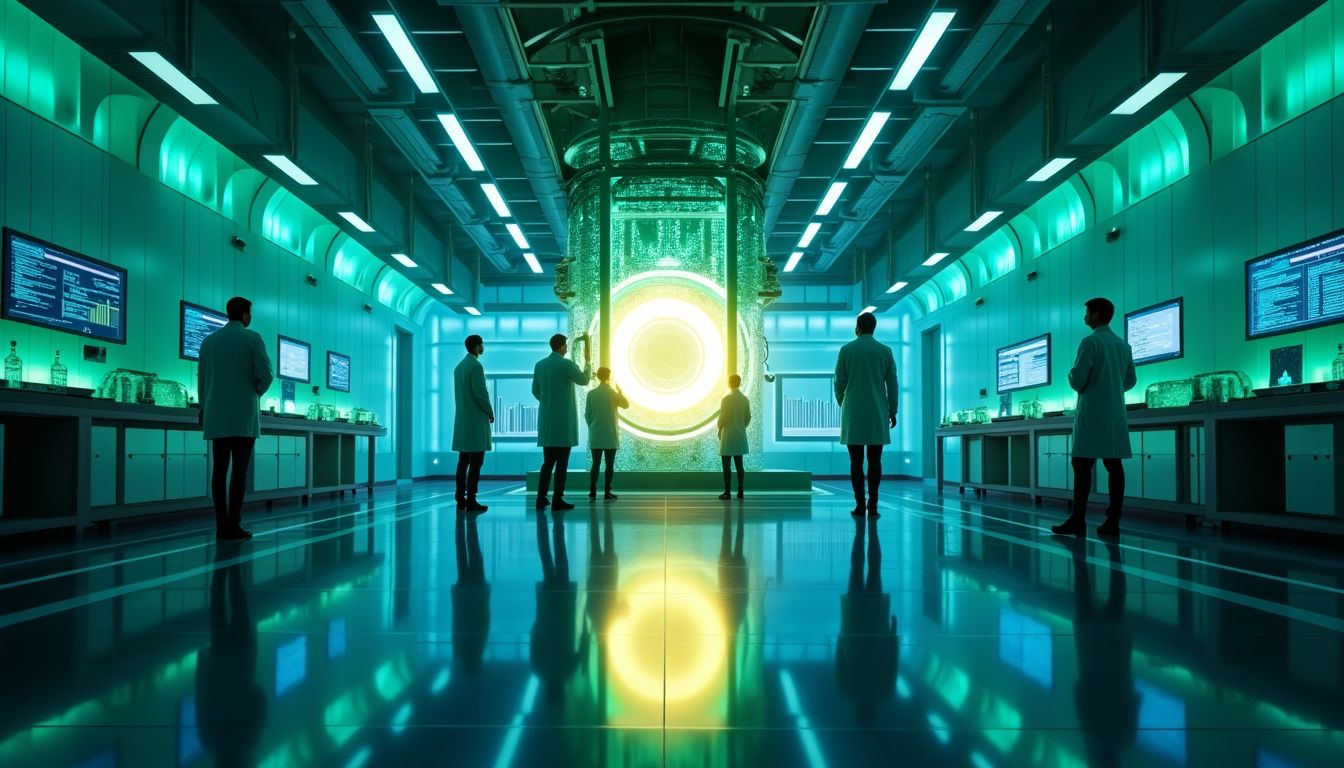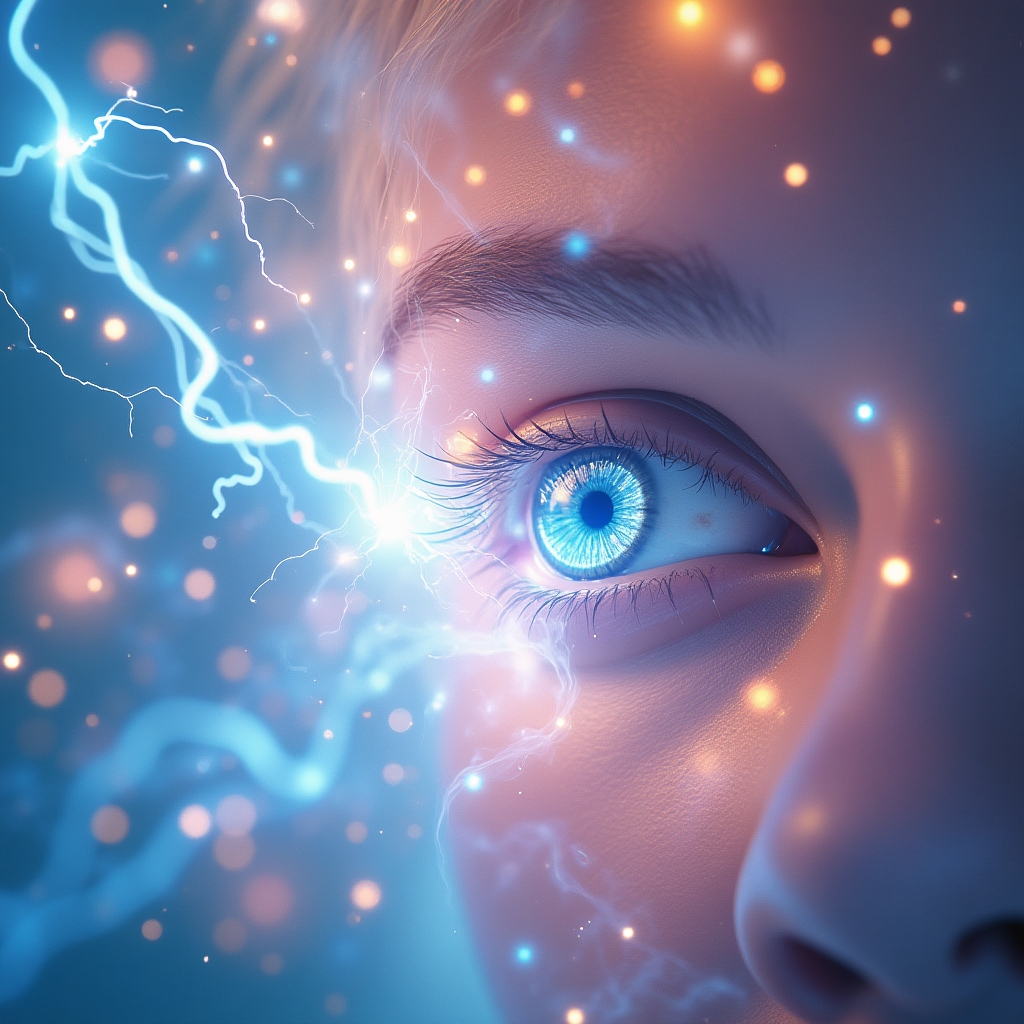What If the Power of the Sun Could Fit in a Laboratory?
Imagine harnessing the power of the actual sun, squeezing it into a lab, and turning it into a limitless source of clean energy. No pollution, no fuel shortages, no giant smokestacks filling the air with carbon regret. Sounds like science fiction, right? Well, thanks to some brainiac scientists in China and a little help from Artificial Intelligence (AI), we’re closer than ever to making that dream a reality. Researchers at the Hefei Institutes of Physical Science recently made a groundbreaking leap in fusion reactor technology. And no, they didn’t do it by slapping a “Powered by AI” sticker on a reactor and calling it a day. They tackled one of the most maddening challenges of fusion power—measuring the super-hot plasma inside reactors accurately and quickly. This isn’t just cool; it’s earth-shakingly important.
Fusion energy has been the holy grail of power generation for decades. Why? Because it replicates the very process that keeps our sun blazing. If we can master it, we’ll have access to virtually unlimited energy with almost zero pollution. In a world desperately trying to kick its fossil fuel addiction, fusion could be the miracle cure.
Fusion Reactors: Hotter Than the Sun, But Way Harder to Control
Here’s a quick primer for those who skipped science class: Fusion reactors work by smashing atoms together at insanely high temperatures (think millions of degrees). This process releases a colossal amount of energy. The catch? You need to keep the plasma (that’s superheated gas, for the non-nerds) stable and contained. And that’s about as easy as holding a bar of soap in a hurricane. Fusion plasma is so hot that traditional measurement tools just can’t keep up. We’re talking temperatures of over 100 million degrees Celsius. For context, that’s about seven times hotter than the core of the sun. And trying to measure that plasma in real time with conventional methods is like trying to count grains of sand during a sandstorm—using a spoon. But accurate measurements are crucial for keeping the plasma stable. If you can’t measure it properly, the reactor goes haywire. Think “mini sun explosion” rather than “clean energy for all.”
Enter AI: The Brain That Never Sleeps (or Gets Frazzled by Superheated Gas)
This is where AI comes riding in like a tech-savvy knight in shining armor. The researchers at Hefei Institutes didn’t just use one neural network—they brought in two heavyweights:
-
Deep Neural Networks (DNNs): These bad boys are designed to recognize complex patterns and process data faster than your brain can process that you left the oven on.
-
Convolutional Neural Networks (CNNs): Typically used in image recognition, CNNs were repurposed here to predict plasma parameters with scary accuracy.
According to Interesting Engineering, the DNNs operated 10 times faster than traditional methods. That’s like trading in your snail-paced dial-up internet for lightning-fast fiber optics. And the kicker? They did it without compromising accuracy. The CNNs were no slouches either, predicting detailed profiles of the plasma’s ion temperature and rotation velocity. If that sounds like jargon, just know this: They figured out exactly how hot the plasma was and how fast it was spinning, in real time.
Why Does This Matter? The Road to Unlimited Clean Energy
Why is this breakthrough such a big deal? Because fusion power is the ultimate dream for clean energy. Imagine a world where:
- Power is limitless: Fusion fuel comes from elements like hydrogen, which are practically infinite.
- Pollution is negligible: No greenhouse gases. No toxic waste. Just clean, guilt-free power.
- Energy is democratized: No more reliance on oil-rich countries. Fusion could power the entire globe.
Fusion could be the weapon we need to fight the climate crisis. While fossil fuels are busy turning the planet into a giant toaster oven, fusion offers a way out. And let’s be honest: We need that way out, like, yesterday.
The Global Fusion Race: Everyone Wants a Piece of the Sun
China’s fusion breakthrough isn’t happening in a vacuum. The whole world is in a high-stakes race to make fusion a reality. Here are some other jaw-dropping milestones:
-
South Korea: Scientists at KSTAR achieved a fusion reaction that was seven times hotter than the sun’s core. That’s not just hot; that’s insanely hot.
-
United States: Researchers at the University of Wisconsin-Madison made strides in using magnets to keep plasma stable. It’s like using an invisible cage to tame a beast made of fire.
-
Japan and France: The International Thermonuclear Experimental Reactor (ITER) is a colossal collaboration aiming to produce the first self-sustaining fusion reaction by the 2030s. This isn’t just a reactor; it’s a monument to human cooperation.
-
San Diego: The team at General Atomics is pioneering ways to make fusion reactors more efficient and less prone to throwing tantrums.
Thought Experiment: What If Fusion Became a Reality Tomorrow?
Let’s dream for a moment. Imagine waking up to a world powered entirely by fusion. Your morning coffee is brewed with energy that didn’t scorch the planet. Your electric car runs on clean, limitless power. Cities are lit up, factories are humming, and there isn’t a single puff of smoke in the sky. Now imagine what this means for countries that currently struggle with energy shortages. Fusion could level the playing field, providing affordable energy to everyone, from New York to Nairobi. No more power monopolies, no more energy wars—just a planet thriving on clean energy. Sounds utopian? Maybe. But breakthroughs like China’s AI-assisted fusion measurements bring us a step closer to that future.
The Challenges Ahead: Fusion Isn’t a Done Deal (Yet)
Before we get too carried away, let’s talk about the hurdles. Fusion is notoriously difficult to achieve. We’ve been chasing it since the 1950s, and while we’ve made incredible progress, we’re not there yet. Here’s what’s standing in our way:
-
Containment Issues: Plasma is ridiculously hard to control. It’s like trying to hold jelly with chopsticks while riding a rollercoaster.
-
Energy Input vs. Output: Currently, it takes more energy to run a fusion reactor than the energy it produces. We need to flip that equation.
-
Cost: Fusion reactors are expensive. We’re talking billions of dollars. But hey, if we can fund space tourism, we can fund clean energy.
-
Public Skepticism: Fusion has been “just 20 years away” for the past 50 years. People are understandably skeptical. But progress is real, and breakthroughs like this one give us hope.
Should We Pour Money Into Fusion? Heck Yes!
So, should we invest in fusion technology? Absolutely. Fusion isn’t just another tech fad; it’s a potential game-changer for humanity. And if AI can help us get there faster, I say give those neural networks a raise. Imagine a future where our kids don’t have to worry about smog-filled skies, rising sea levels, or energy shortages. Fusion could be the key to that future. And while the journey is long, every breakthrough—like this one from China—brings us closer.
What Do You Think? The Future of Fusion Is in Our Hands
Are we on the brink of an energy revolution? Or is fusion just another pipe dream? I want to hear from you! Drop your thoughts in the comments below. Join the iNthacity community, where we tackle the biggest questions in tech, energy, and society. Apply to become a resident of the “Shining City on the Web”, and let’s build a cleaner, brighter future together. Like, share, and let’s keep the debate alive. Because the future of energy is too important to leave in the dark.
Disclaimer: This article may contain affiliate links. If you click on these links and make a purchase, we may receive a commission at no additional cost to you. Our recommendations and reviews are always independent and objective, aiming to provide you with the best information and resources.
Get Exclusive Stories, Photos, Art & Offers - Subscribe Today!
























Post Comment
You must be logged in to post a comment.